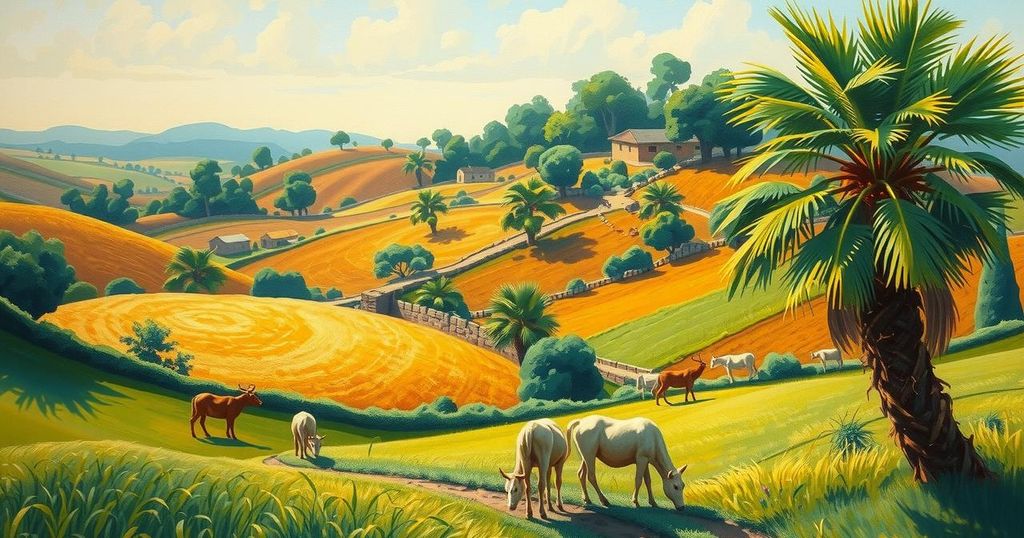Modeling the Impact of Climate Change on Corvus Species Distribution in Somaliland
A new study explores the influence of climate change on the Somali crow’s distribution in Somaliland using a Bayesian spatial point process model. It finds correlations between crow occurrence and climatic factors, but also emphasizes the importance of spatial dependencies, revealing low overall occurrence densities with higher numbers near coastal areas. The research highlights the need for a nuanced approach to conservation planning in light of climate impacts and spatial variability.
In a recent study accepted for publication in Frontiers in Ecology and Evolution, researchers investigated the impact of climate change on the distribution of Corvus edithae, commonly known as the Somali crow, in Somaliland. The analysis took advantage of a log-Gaussian Cox process model implemented via the R-INLA package, which was used to forecast the spatial distribution of this species. This model combined multiple climatic factors, including mean annual temperature, precipitation levels, and wind speed, while accounting for random effects that could influence spatial patterns or variability, which are key in these investigations.
The study found that, while there appeared to be potential positive correlations between the Somali crow’s occurrence and average annual temperature, precipitation, and wind speed, the results also pointed toward negative effects related to extremes in temperature and solar radiation. However, the broad 95% credible intervals associated with these relationships suggest considerable uncertainty in these parameters, implying that factors influencing the species distribution could vary widely across the study area. Moreover, the influence of spatially structured and unstructured random effects was found to be significant, highlighting that unmeasured dimensions of environmental difference also dictate where these crows might thrive, beyond just climate impact.
As for the practical predictions, researchers observed low occurrence intensities for the Somali crow across much of Somaliland, but they noted higher densities in coastal regions, identifying these areas as potentially essential habitats for the species. This insight could prove valuable for conservation efforts aimed at protecting and preserving the Somali crow in an era increasingly impacted by climate change. Additionally, the diagnostic checks for model stability were promising, showing that the estimates derived from the model were reliable.
The study ultimately emphasizes a crucial point: while climatic conditions do play a role in the distribution of Corvus edithae, it is essential to also factor in the spatial dependencies and the inherent environmental variations that may not immediately correlate with climate. Thus, this robust Bayesian spatial point process provides an important framework not only for analyzing the distribution of this particular species but may also be extended to other cases in conservation ecology where spatial factors are vital to understanding population dynamics.
This research sheds light on the complex interplay between climate and the distribution of the Somali crow in Somaliland, revealing both climatic and non-climatic influences that are crucial to consider for conservation strategies. Despite some positive correlations identified with climatic variables, uncertainties remain, emphasizing the need for a comprehensive approach that incorporates spatial variability to effectively inform conservation actions. As the study advocates, understanding Corvus edithae distributions means recognizing the significant role of environment beyond mere climatic conditions.
Original Source: www.frontiersin.org




Post Comment